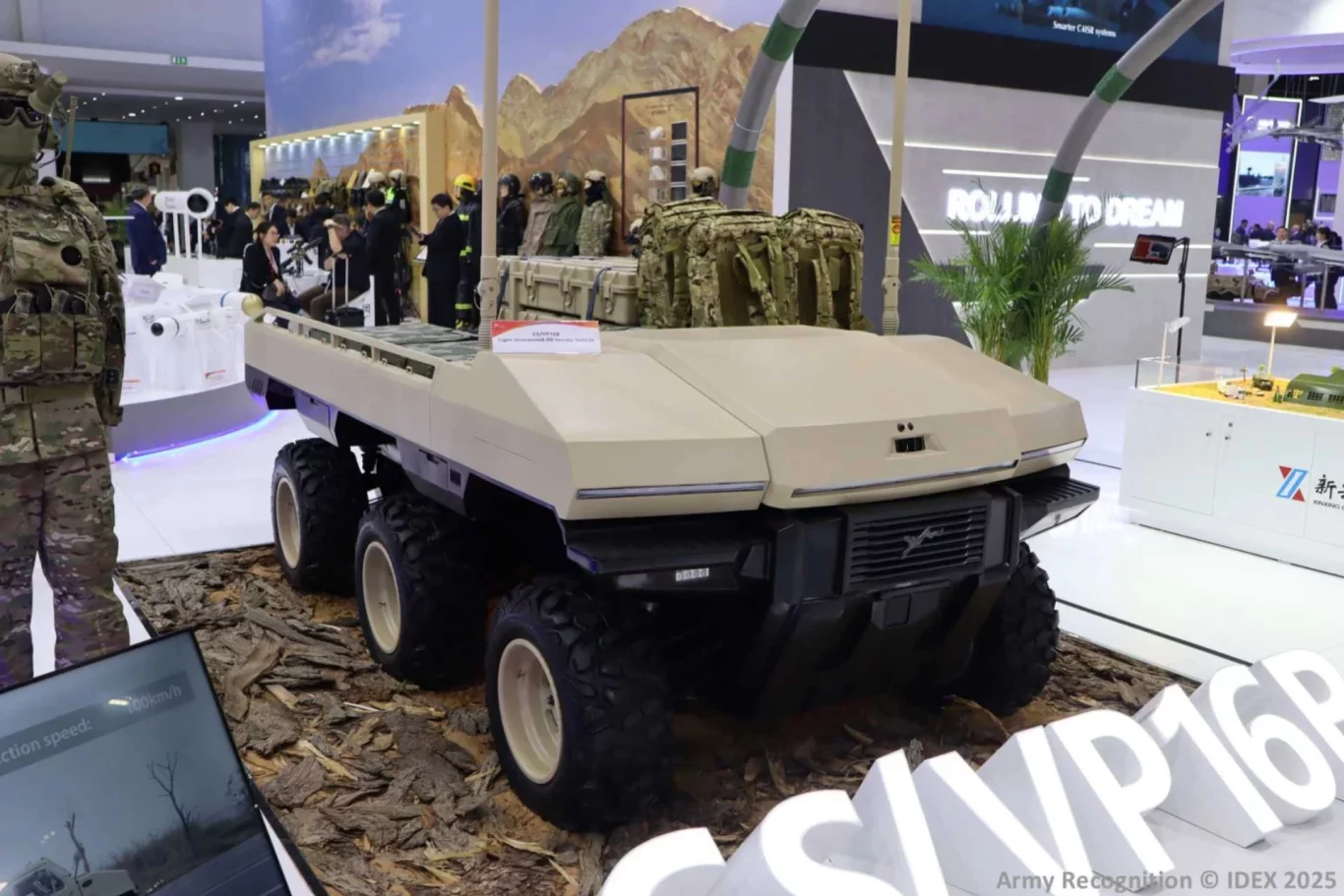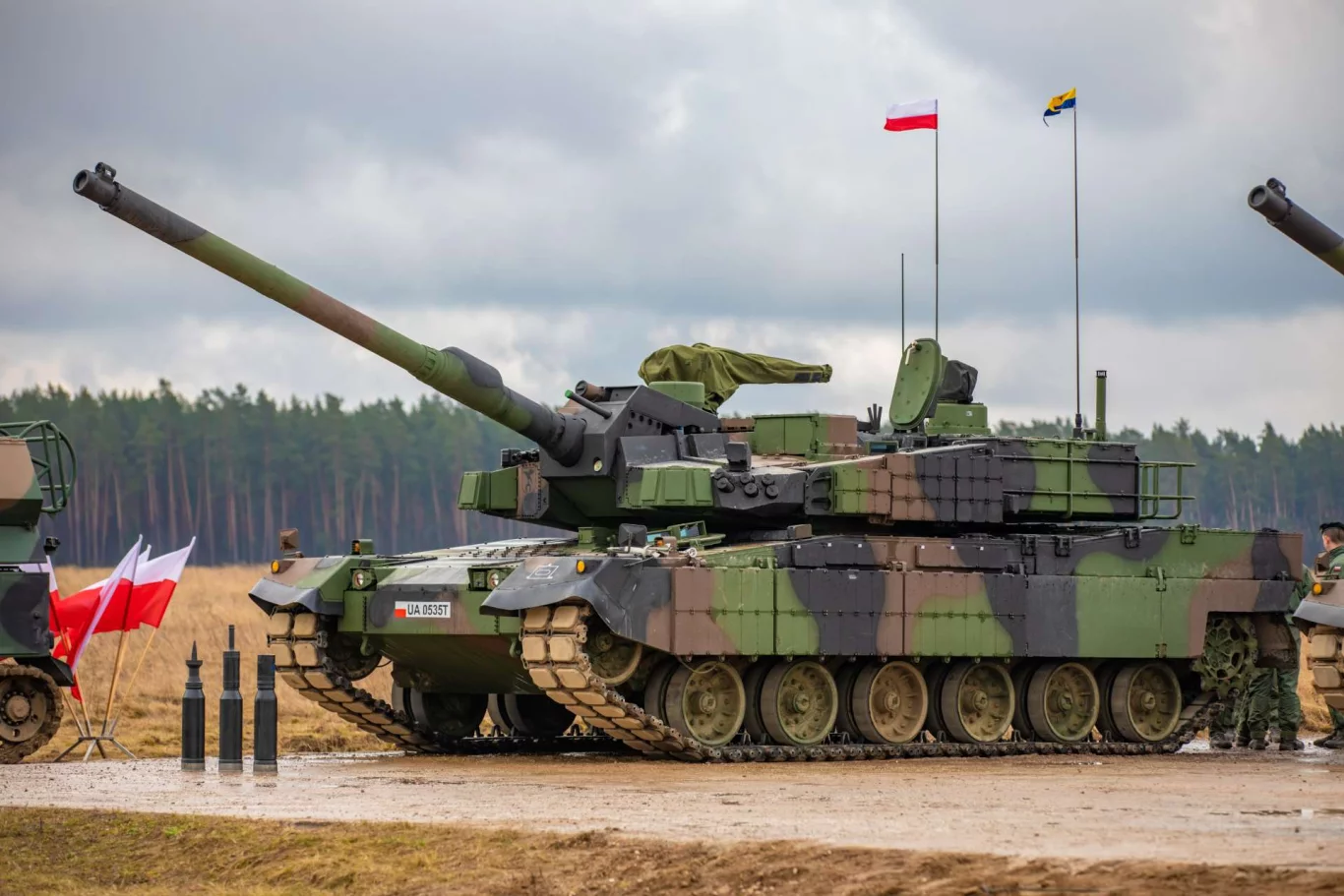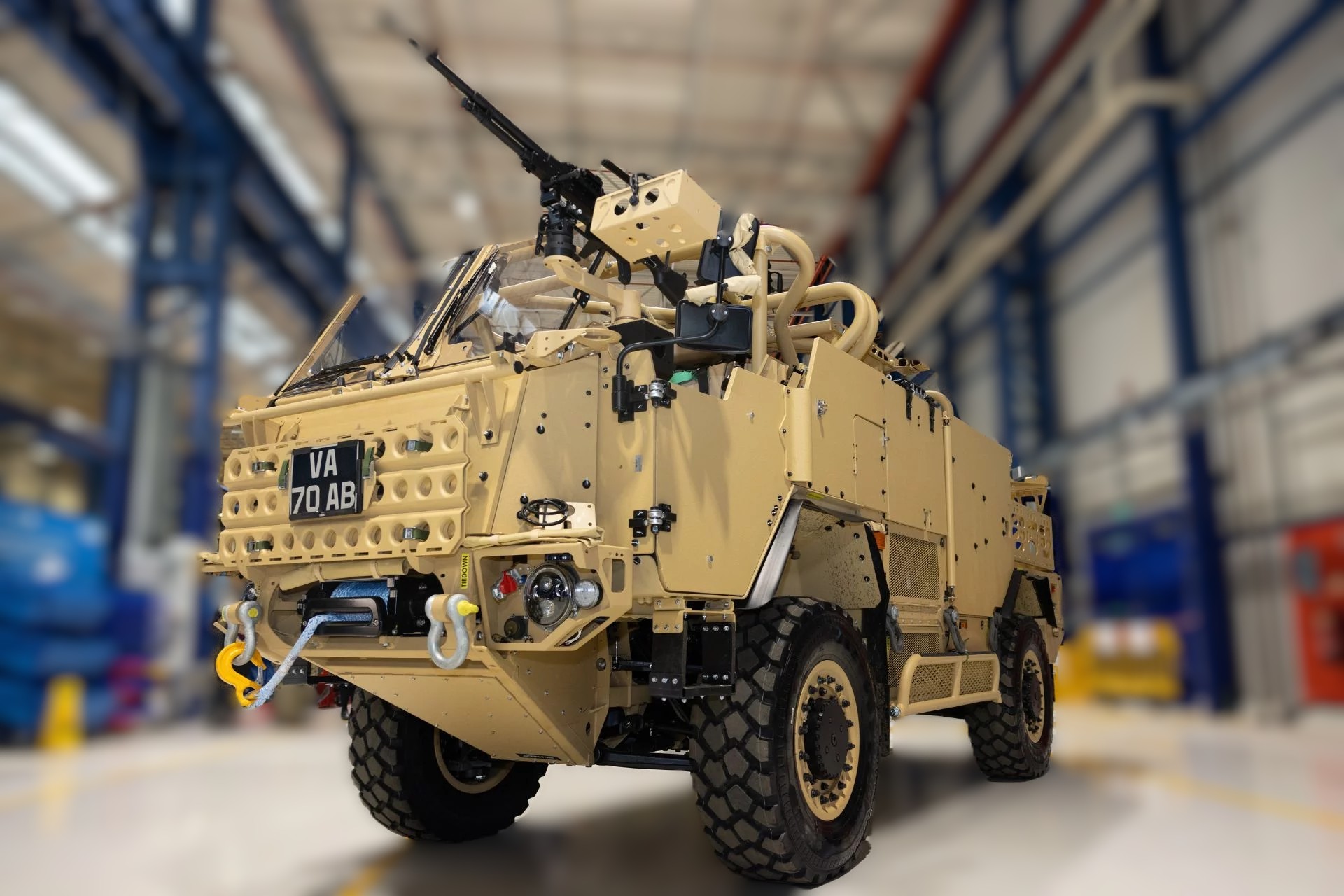The digital age has fundamentally reshaped global military strategies, and China’s People’s Liberation Army (PLA) is at the forefront of integrating cutting-edge artificial intelligence into its operational framework. A recent pivotal development, as reported by Army Recognition, reveals the PLA’s adoption of DeepSeek AI, a move poised to revolutionize battlefield intelligence, decision-making, and overall combat effectiveness. This strategic integration marks a significant leap forward, signaling a new era where AI plays a crucial, pervasive role in military operations.
For years, military strategists and tech innovators have envisioned a future where AI could process vast amounts of data, predict enemy movements, and optimize logistical chains with unprecedented accuracy. With the PLA’s embrace of DeepSeek AI, this future is rapidly becoming a reality. DeepSeek AI, known for its robust capabilities in natural language processing, data analysis, and machine learning, offers a powerful toolkit that can be deployed across various facets of military engagement.
The Power of Predictive Analytics and Data Fusion
One of the most immediate and impactful applications of DeepSeek AI within the PLA will be in predictive analytics. Modern battlefields are characterized by an overwhelming deluge of information from diverse sources: satellite imagery, drone feeds, signals intelligence, open-source intelligence, and human intelligence. Manually processing and synthesizing this data in real-time is an insurmountable challenge for human operators.
This is where DeepSeek AI shines. It can ingest and analyze petabytes of raw data, identify patterns, detect anomalies, and even forecast potential enemy actions with a high degree of probability. Imagine a scenario where the AI can predict the most likely routes of adversary movements, anticipate their logistical needs, or even identify critical vulnerabilities in their communication networks before they become apparent to human analysts. This predictive capability grants the PLA an invaluable advantage, allowing for proactive rather than reactive strategies.
Furthermore, DeepSeek AI’s advanced data fusion capabilities will be instrumental in creating a comprehensive, real-time common operating picture. By seamlessly integrating disparate data streams, the AI can present a unified, coherent understanding of the battlefield, highlighting key threats, opportunities, and strategic implications. This enhanced situational awareness empowers commanders to make faster, more informed decisions, drastically reducing the fog of war.
Revolutionizing Logistics and Resource Management
Beyond the immediate battlefield, the integration of DeepSeek AI is set to transform the PLA’s logistical and resource management systems. The efficiency of military operations often hinges on the ability to move personnel, equipment, and supplies effectively. Traditional logistical planning can be complex and prone to errors, especially in dynamic conflict zones.
DeepSeek AI can optimize supply chains, predict equipment failures, and manage inventory with remarkable precision. By analyzing historical data, current conditions, and projected operational needs, the AI can recommend optimal routes for convoys, anticipate maintenance requirements for vehicles and aircraft, and ensure that the right resources are in the right place at the right time. This not only enhances operational efficiency but also significantly reduces waste and improves overall readiness. The ability to predict potential bottlenecks or vulnerabilities in the supply chain also allows for pre-emptive measures, safeguarding critical resources and maintaining operational tempo.
Enhancing Intelligence Gathering and Analysis
Intelligence gathering is the bedrock of military strategy. DeepSeek AI’s prowess in natural language processing (NLP) and image recognition will elevate the PLA’s intelligence capabilities to an unprecedented level. The AI can sift through vast quantities of text-based intelligence, identifying key themes, entities, and relationships that might be overlooked by human analysts. This includes analyzing intercepted communications, open-source reports, and social media trends to gain deeper insights into adversary intentions and capabilities.
In the realm of visual intelligence, DeepSeek AI can rapidly analyze satellite imagery and drone footage, identifying camouflage, hidden infrastructure, and troop movements with greater speed and accuracy than human eyes alone. This automated analysis frees up human intelligence officers to focus on higher-level strategic interpretation, rather than being bogged down in routine data processing. The AI’s ability to learn and adapt also means it will continuously improve its recognition capabilities, becoming an increasingly potent tool over time.
The Ethical and Strategic Implications
While the integration of AI like DeepSeek offers immense tactical and strategic advantages, it also raises important ethical and strategic questions. The increased autonomy of AI in decision-making processes, even if supervised by humans, necessitates careful consideration of accountability and control. The potential for AI-driven systems to operate at speeds far exceeding human cognitive abilities also demands robust safeguards and ethical frameworks to prevent unintended escalation or errors.
From a strategic perspective, the PLA’s adoption of DeepSeek AI underscores a broader trend among major global powers to invest heavily in military AI. This development will undoubtedly spur further innovation and competition in the realm of defense technology, potentially leading to a new arms race centered on artificial intelligence capabilities. Nations will increasingly vie for supremacy in developing and deploying advanced AI systems that can provide a decisive edge on future battlefields.
Looking Ahead: The Future of Warfare
The PLA’s integration of DeepSeek AI is more than just a technological upgrade; it represents a fundamental shift in how warfare will be conceived and conducted in the 21st century. As AI systems become more sophisticated, they will increasingly move beyond mere assistance tools to become integral partners in strategic planning, tactical execution, and even autonomous operations.
The future battlefield will likely be a complex interplay of human ingenuity and artificial intelligence, where data superiority and algorithmic advantage could prove as crucial as traditional military might. The PLA’s strategic embrace of DeepSeek AI is a clear signal that they are preparing for this future, positioning themselves at the vanguard of AI-driven military transformation. This move will undoubtedly serve as a case study for other nations navigating the complex landscape of artificial intelligence in defense, prompting a global re-evaluation of military readiness and innovation.




